Annular solar eclipse 2024 wows skywatchers with 'ring of fire' over Easter Island & South America (videos, photos)
On Wednesday (Oct. 2), an annular eclipse swept over the Pacific Ocean, Chile, and Argentina.
On Wednesday (Oct. 2), a lucky handful of skywatchers watched as the sun transformed into a stunning "ring of fire" in the sky.
This was the result of an annular solar eclipse that swept across the Pacific Ocean, including Hawaii, southern Chile, and southern Argentina. The "ring of fire" then reached the Atlantic Ocean, where it faded from view.
With the annular eclipse kicking off and ending far from land, just an estimated 175,000 people, around 0.002% of the world's population, live on the path of the eclipse that allows a full view of the "ring of fire."
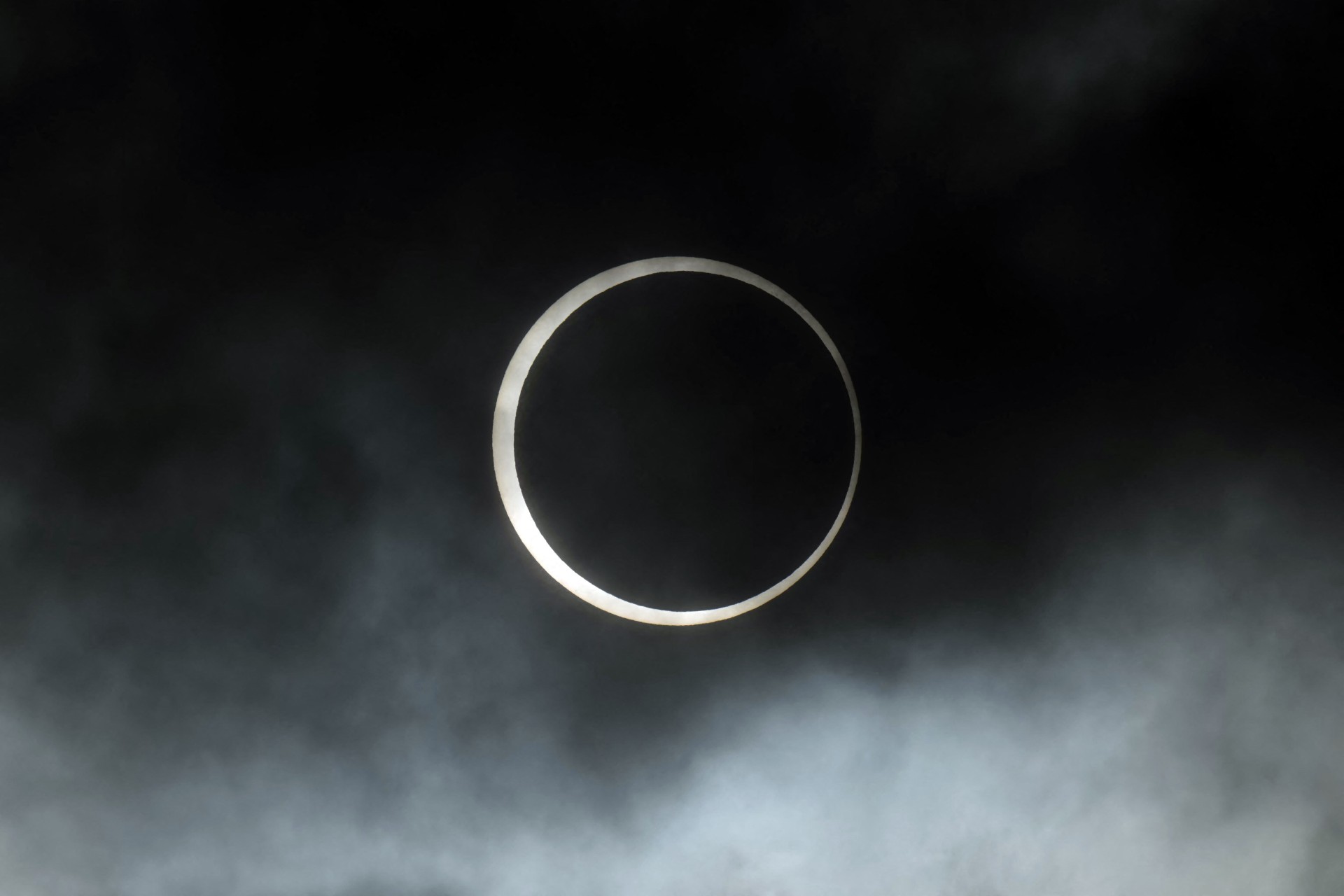
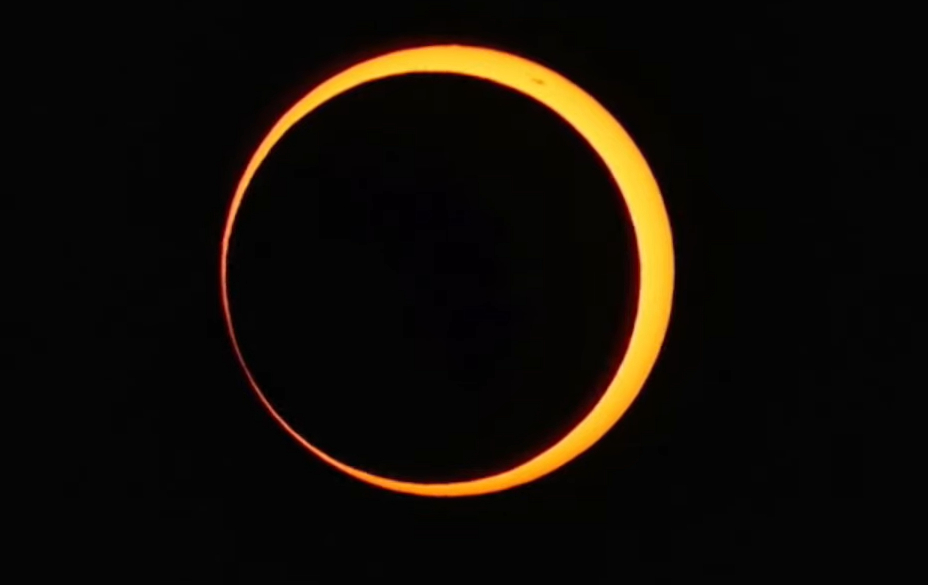
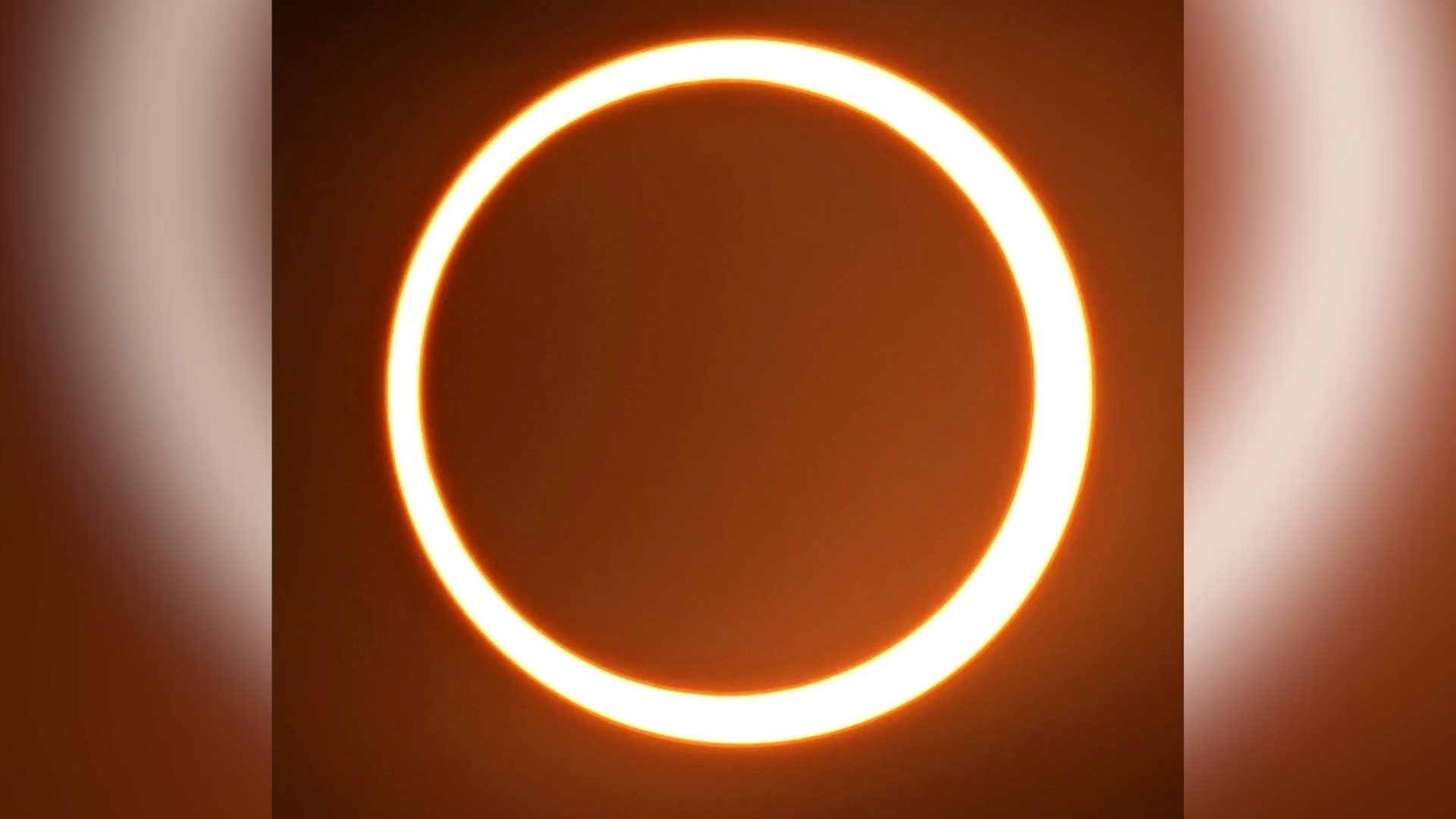

If you want to be ready for the next solar eclipse, or safely observe the sun, you'll need proper solar eclipse glasses. This 5-pack of Soluna ISO Certified Safe solar eclipse glasses is on sale for $9.99, that's 60% off, at Amazon.
One of the most sought-after locations for the eclipse was remote Easter Island, or Rapa Nui as it's called by residents, where crowds of skywatchers from around the world gathered to watch the celestial event. Even the threat of clouds couldn't dampen their excitement.
"Well, that was incredible. The tension! A cloud left the sun just 10 seconds before the Baily’s Beads appeared, and another appeared a minute after the ring ended. We were SO lucky!" eclipse chaser Jamie Carter, a U.K.-based science journalist and editor of WhenIsTheNextEclipse.com, told Space.com (where he is an occasional contributor) in an update from Easter Island. "It felt incredible to actually see the ring, knowing I had no more than a 50-50 chance. It was so cold in the minutes before annularity."
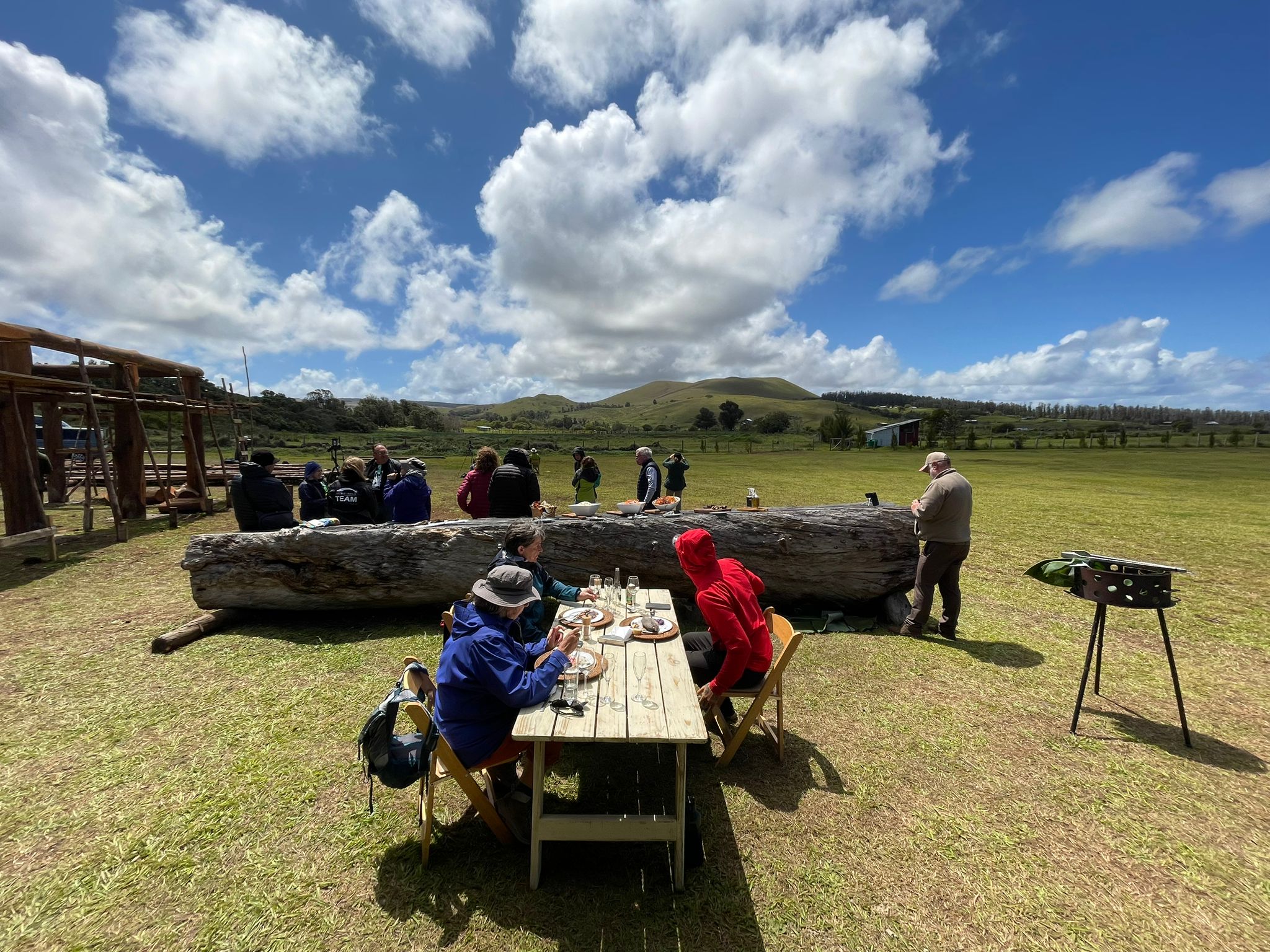
Also on Easter Island was Josh Dury, an astrophotographer also based in the United Kingdom who made the eclipse chase a family affair. His mother joined him on the trip.
"A lifelong ambition is nearly complete," Dury said via a video update. "An annular solar eclipse, the Pacific "ring of fire, from here at Rapa Nui."
Get the Space.com Newsletter
Breaking space news, the latest updates on rocket launches, skywatching events and more!
Dury watched the eclipse from near Easter Island's iconic maoi statues and said it would be another 312 years before the island sees another celestial event like it.
"I am overwhelmed to experience this eclipse with Martín Tuki our guide & descendant of the island and my mum," Dury said. "That's a wrap for 312 years."
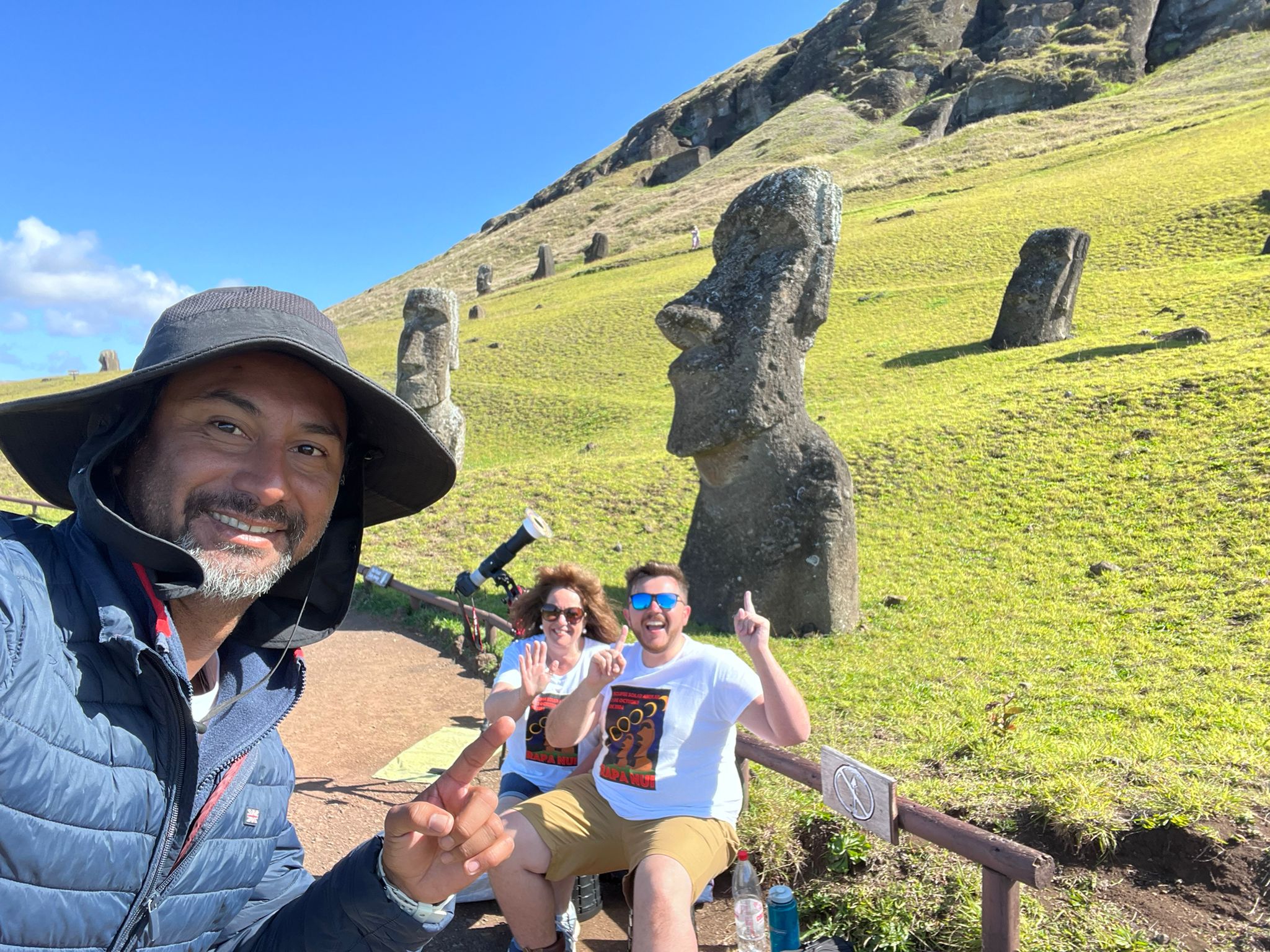
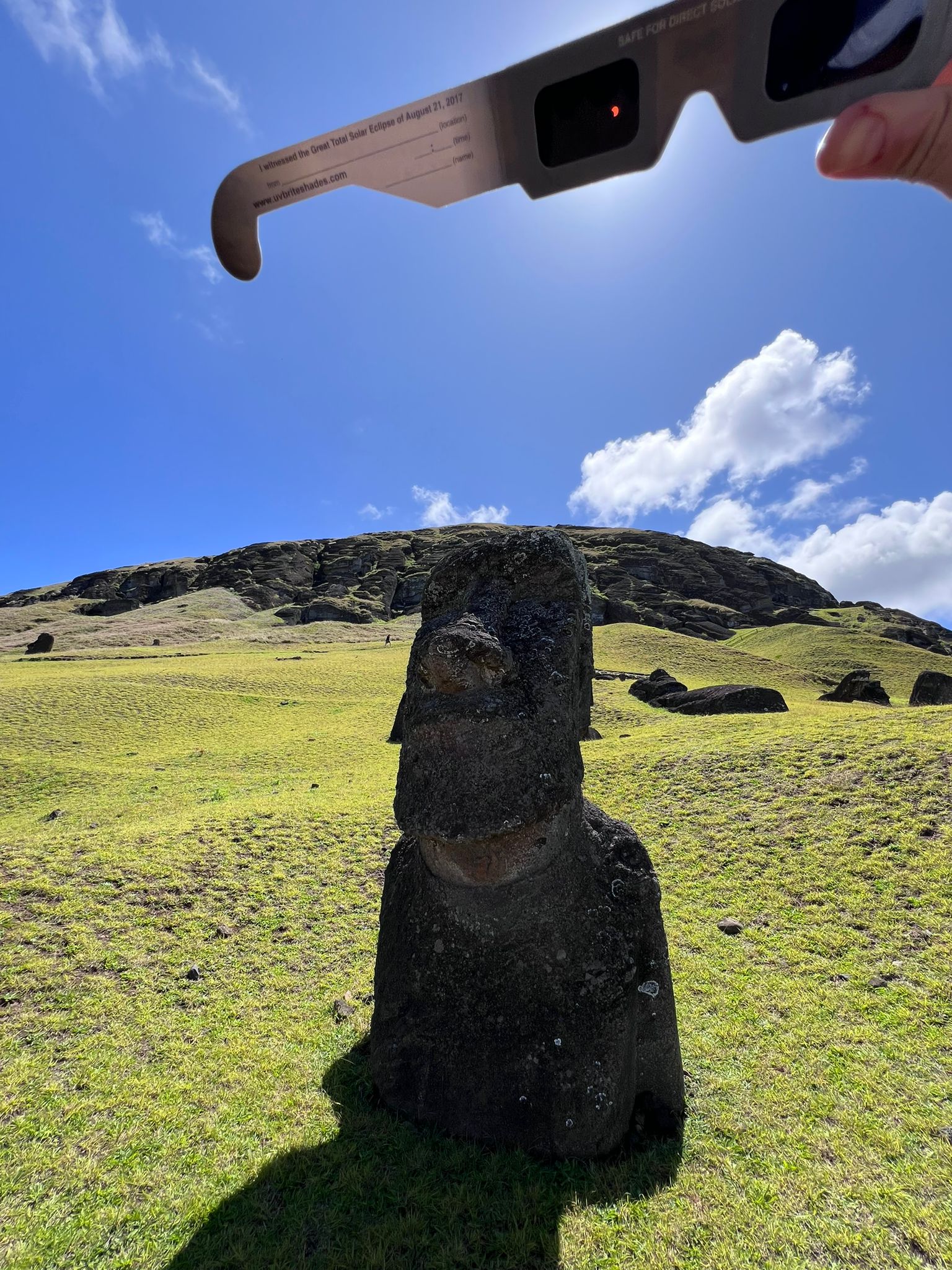
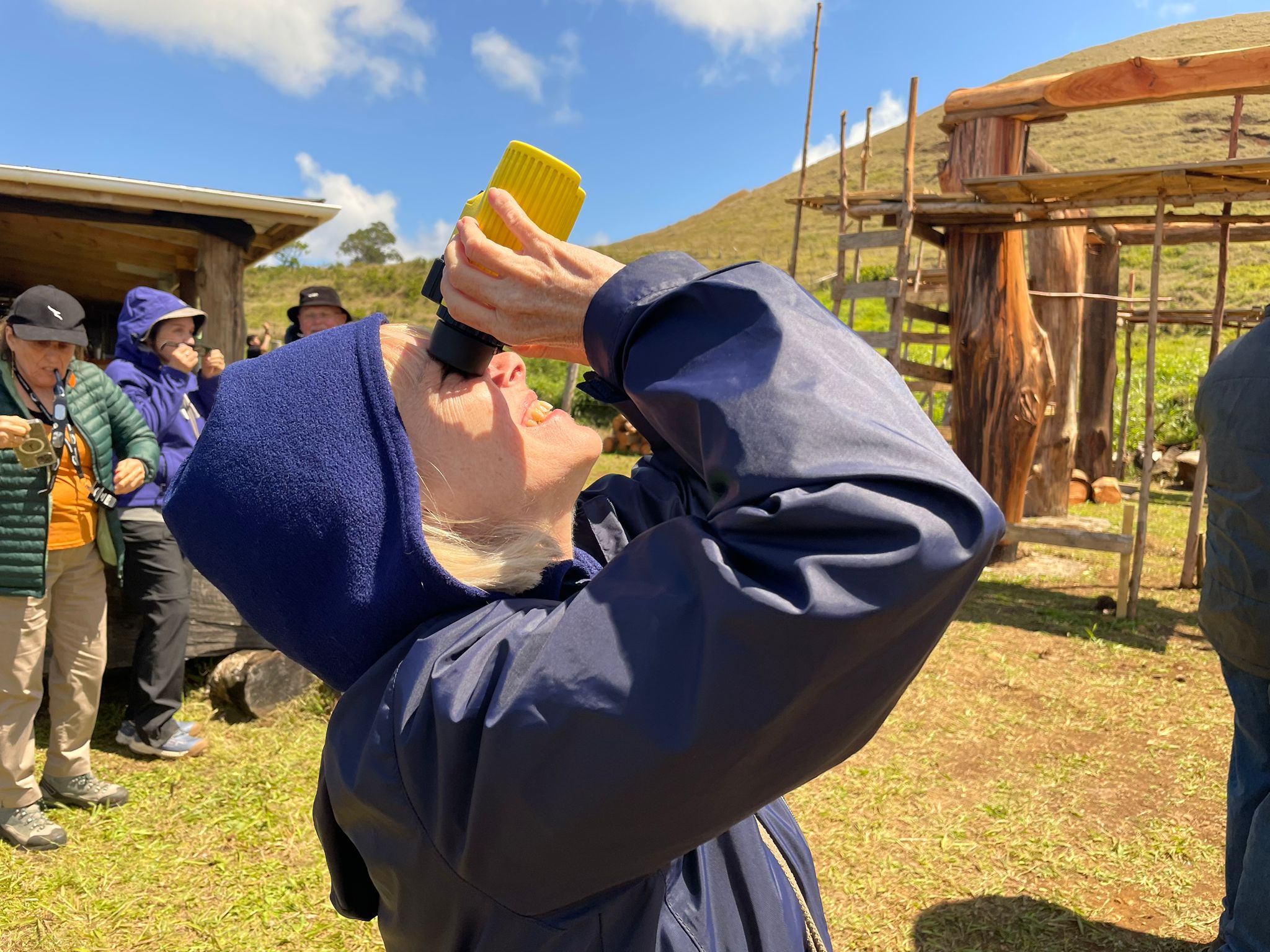
Carter said the entire experience was unforgettable.
"I guess the most dramatic two points are when the horned crescent sun turns into a ring and when it disappears, but the almost six minutes in between were magical," he said. "I wanted to watch the ring through eclipse glasses, but I was also focused on seeing and photographing a projection of the ring through the holes of a spaghetti spoon. Amazing! It's one of the few images of an eclipse I had yet to take."


Over 240 million people outside the path of the annularity were able to see at least part of the sun obscured by the dark disk of the moon. Those unable to view the event in person were able to enjoy the eclipse action with our eclipse live blog and livestream courtesy of timeanddate.com.
This annular eclipse may not have been quite as flashy as the total solar eclipse that swept across the mainland United States on April 8, 2024, but that didn't stop eclipse watchers from catching some stunning videos and photos of this celestial event.

Annular solar eclipses differ from total solar eclipses because the moon's orbit around Earth isn't a perfect circle and it moves closer and further away from our planet. That means sometimes when it crosses between the sun and the Earth it is closer to our planet than at other times.
When the moon is closer to Earth and further from the sun, the lunar disk isn't large enough to fully obscure the solar disk as it does during a total eclipse. The result is a golden fiery ring around the dark disk of the moon. When the occulting disk of the moon is completely surrounded by the solar disk, this is called the antumbra, and watchers experience a "ring of fire" representing an annular eclipse.
On Wednesday, Oct. 2, the annular eclipse began at 11:15 am EDT (1542 GMT) over the Pacific Ocean. Regions of the globe that experienced the annularity following this included Easter Island, Cochrane in Chile, and Perito Moreno National Park, Puerto Deseado, Puerto San Julian in Argentina.
Partial solar eclipse
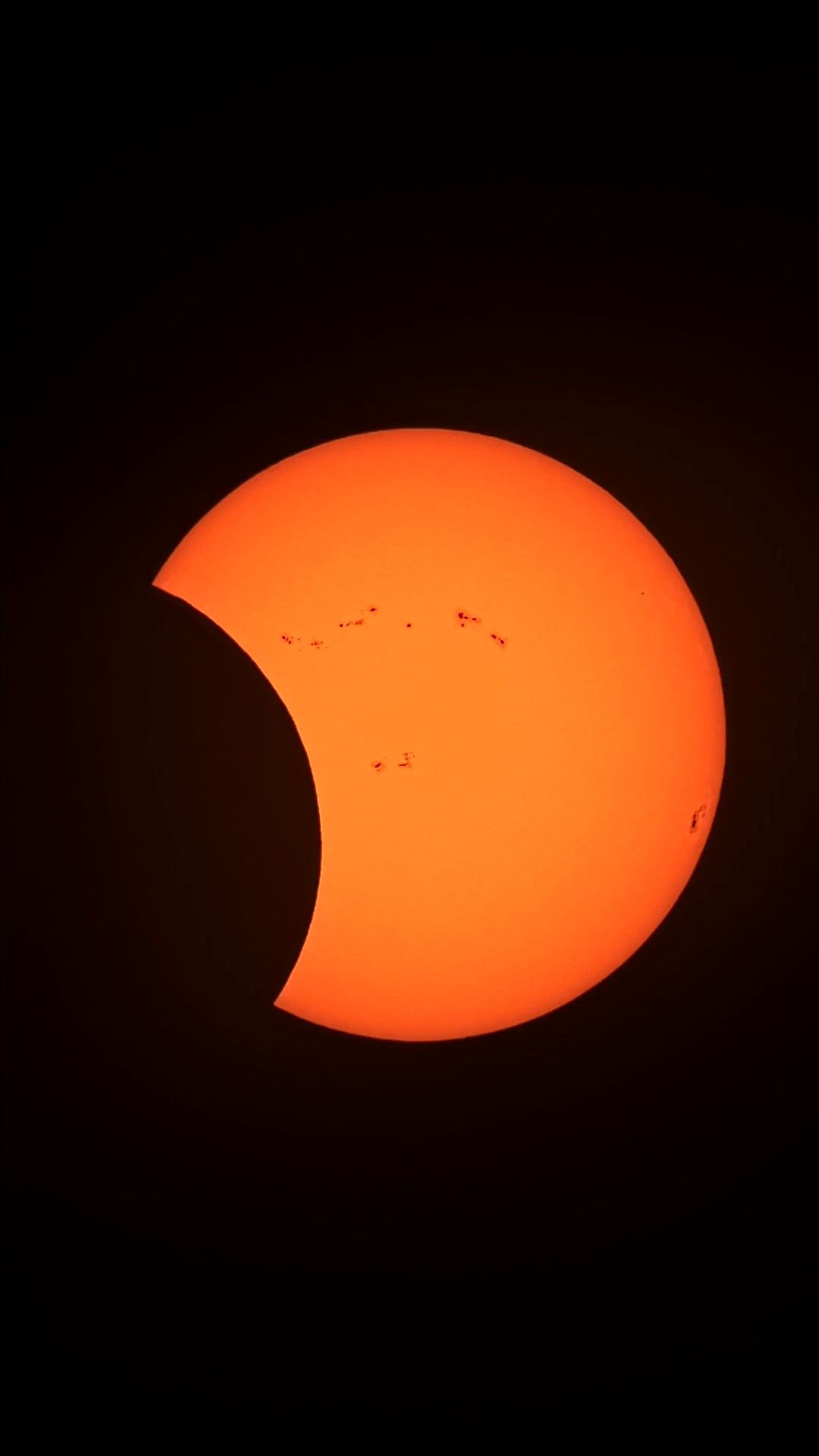
Because the moon is so close to the Earth, at least in comparison to the sun, the position it takes in the sky varies based on where an observer is positioned on Earth. That means skywatchers at either side of the path of annularity didn't see a full ring of fire but still got to glimpse a partial solar eclipse.
In Chile Punta Arenas skywatchers got to see the solar disk 75% obscured by the moon, while observers in Villarrica saw it 62% obscured. Eclipse watchers in Argentina saw the sun 72% eclipsed in Ushuaia, and 42% obscured in Buenos Aires. Off the coast of Argentina, observers in the Falkland Islands in the South Atlantic Ocean saw 84% of the solar disk covered by the lunar face.
Meanwhile observers in São Paulo, Brazil, would have seen just 10% of the solar disk covered by the moon making it look as if the sun had a massive bite taken out of it.
Next solar eclipses
If you missed the Oct. 2 annular eclipse and the amazing images captured above have whet your appetite when you won't have to wait too long to catch the next solar eclipse.
A partial solar eclipse will sweep over Northwest Africa, parts of Europe and north Russia on March 29, 2025. Later on that year another partial solar eclipse will be visible on Sept. 21 from parts of the South Pacific, New Zealand and Antarctica.
If it is an annular eclipse that you are keen to catch then you'll have to wait a little longer with the next "ring of fire" appearing over southern Argentina, Chile, South Africa, and Antarctica on Feb. 17, 2026.
The next total eclipse will occur on Aug. 12, 2026, and it will be visible from North America, West Africa and Europe.
If you intend to catch any of these solar eclipses, remember looking at the sun is harmful to your eyes and it is NEVER safe to look directly at the sun without solar eclipse glasses designed for solar viewing. Read our guide on how to observe the sun safely.
Join our Space Forums to keep talking space on the latest missions, night sky and more! And if you have a news tip, correction or comment, let us know at: community@space.com.

Robert Lea is a science journalist in the U.K. whose articles have been published in Physics World, New Scientist, Astronomy Magazine, All About Space, Newsweek and ZME Science. He also writes about science communication for Elsevier and the European Journal of Physics. Rob holds a bachelor of science degree in physics and astronomy from the U.K.’s Open University. Follow him on Twitter @sciencef1rst.









